Frans Brüggen - Mendelssohn: A Midsummer Night's Dream (1997)
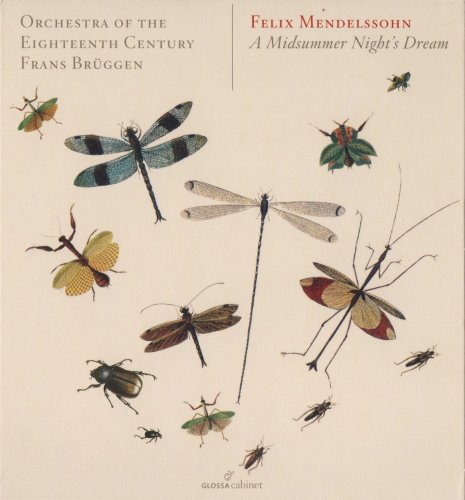
Artist: Frans Brüggen
Title: Mendelssohn: A Midsummer Night's Dream
Year Of Release: 1997
Label: Glossa
Genre: Classical
Quality: FLAC (image+.cue,log,scans)
Total Time: 44:39
Total Size: 243 Mb
WebSite: Album Preview
Tracklist: Title: Mendelssohn: A Midsummer Night's Dream
Year Of Release: 1997
Label: Glossa
Genre: Classical
Quality: FLAC (image+.cue,log,scans)
Total Time: 44:39
Total Size: 243 Mb
WebSite: Album Preview
01. Ouverture - Allegro di molto [0:12:26.70]
02. Scherzo - Allegro vivace [0:04:49.62]
03. Allegro vivace [0:01:12.35]
04. Song with Chorus - Allegro ma non troppo [0:04:17.58]
05. Allegro appassionato [0:03:38.50]
06. Con moto tranquillo [0:05:53.57]
07. Wedding March - Allegro vivace [0:04:52.25]
08. Macia Funebre - Andante comodo [0:01:01.70]
09. A Dance of Clowns - Allegro di molto [0:01:39.63]
10. Finale - Allegro di molto [0:04:45.69]
Performers:
Gulbenkian Choir
Orchestra of the Eighteen Century [on period instruments]
Frans Brüggen – conductor
Conductors have long used Mendelssohn’s music for A Midsummer Night’s Dream to display an orchestra’s refinement, transparency and polish. By contrast, notwithstanding their characteristic smoothness, Frans Brüggen and the Orchestra of the Eighteenth Century opt to emphasise the grain of the music rather than its evanescence. Not for them the moon-drenched sheen of the so-called Nocturne – here the horn parses the melody with greater detail than usual, and the flutes in the reprise sigh passionately. Violin mists in the early stages of the overture emerge tangible and rhythmic, while the Wedding March discards the customary streamlined effect in favour of airier accent patterns. The few passages included here that were originally intended as background to speaking tend to be characterfully done: the parodistic quality of the Funeral March (including pathetic clarinet squawk) is played up, and the (perhaps involuntary) pitch bends that accompany dynamic hairpins on the flutes’ low notes in the introduction to ‘Ye spotted snakes’ helpfully anticipate the figuration that follows. Beautifully smooth but cool singing from the soloists and choir mask some questionable English diction. All told, this performance has a character all its own, but one that may sound variously heavy, rustic, or cautious to some ears. David Breckbill
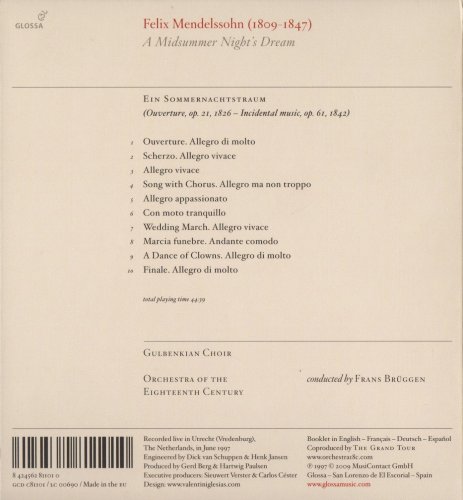
[center][/center]

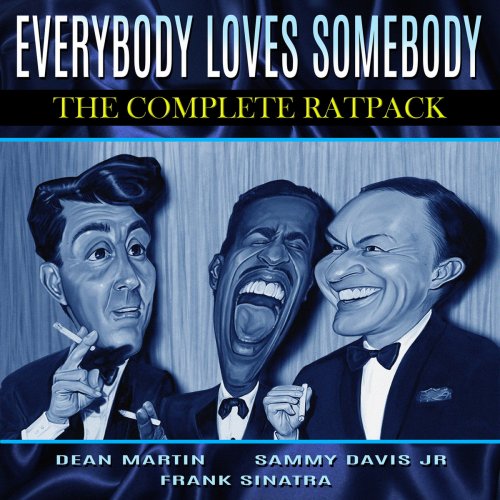
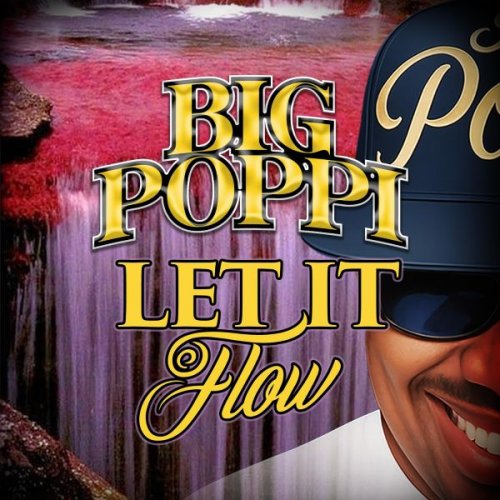
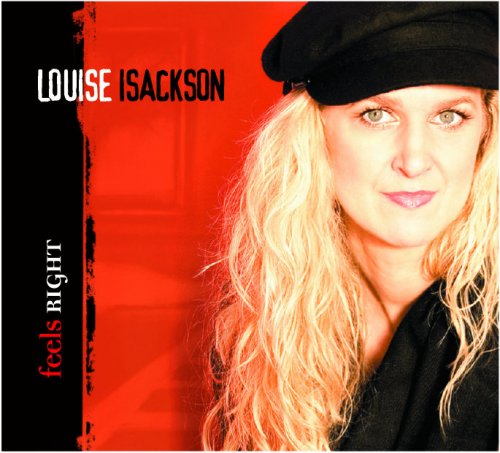
![Nābu Pēra - Soundscapes of Nicosia (2025) [Hi-Res] Nābu Pēra - Soundscapes of Nicosia (2025) [Hi-Res]](https://img.israbox.com/img/2025-12/14/lhs20jten1ip5ht0uibyjocfe.jpg)
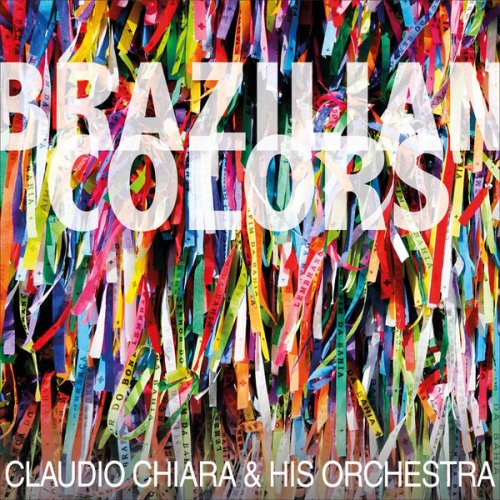
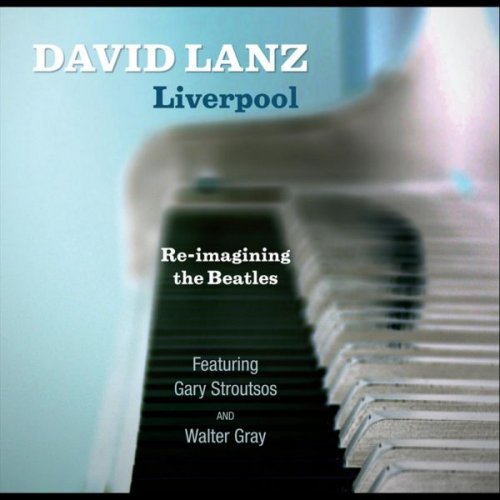

![Demo Rumudo - Second Nature (2025) [Hi-Res] Demo Rumudo - Second Nature (2025) [Hi-Res]](https://www.dibpic.com/uploads/posts/2025-12/1765883076_cover.jpg)